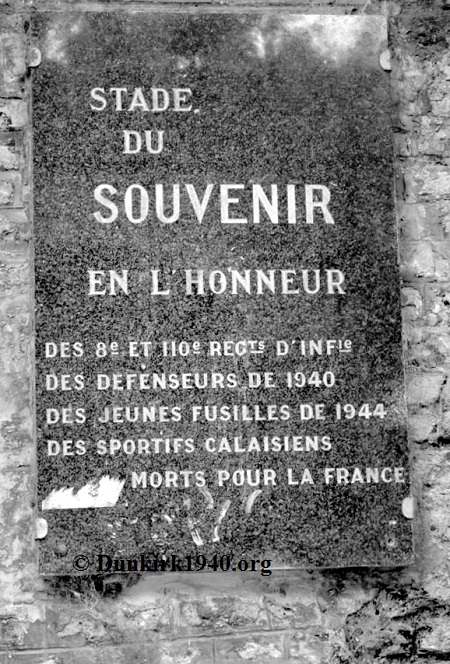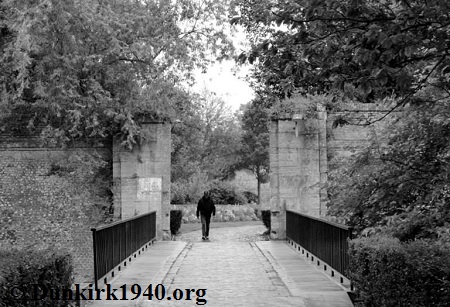
The citadel at Calais is constructed on the former site of a castle built in 1229. The castle was demolished in 1558 under the direction of Duke Francois de Guise as a potent symbol of the French resolve to keep Calais as part of the Kingdom of France. These works were seen as vital given the proximity of the town to both England, its former owners, and the Spanish Netherlands. In addition to the castle, a number of buildings (many associated with the previous English rule) were demolished to make room for the new citadel. Only the Hotel Escalles was spared, as it was incorporated in to the new works as accommodation for the commander.
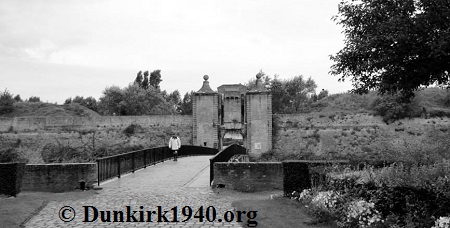
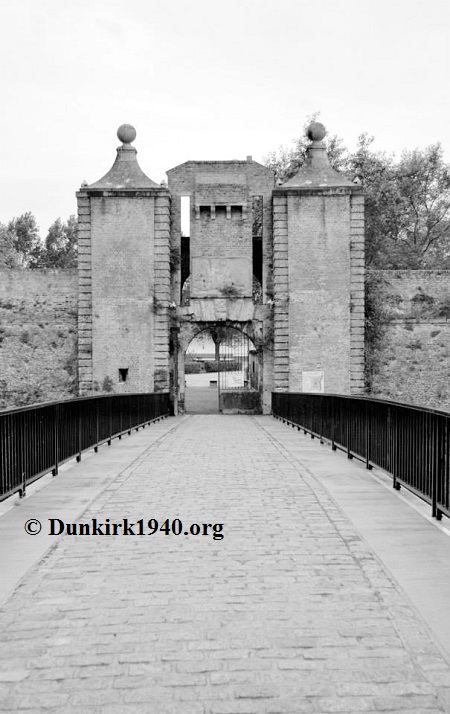
In 1658, the conquests of Gravelines and Dunkerque saw Calais lose much of its previous strategic importance. However Louis XIV instructed Vauban to revamp the town's fortifications. These works saw both the citadel and Forts Risban and Nieulay being reworked and upgraded to better reflect the advances in military technology. Louis XIV would personally revisit Calais to inspect the finished works. The citadel would go on to be used as a prison, powder store and fire station, with little activity of any mention until World War Two.
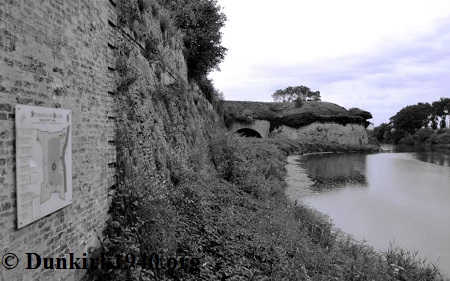
When the first German air raid took place on May 10th 1940, the citadel was put on high alert. The Neptune and Boulogne gates were closed and a command post for the town was set up in one of the bastions. When German forces were finally able to launch a ground assault on Calais, the citadel held out until the bitter end. The siege lasted 36 hours, with the defenders fighting to the last round. Following its capture, the citadel was used by the Germans as a place of execution and many members of the Resistance were shot behinds its walls. Due to the nature of the fierce fighting in 1940, little remains of the buildings inside the walls and in the 1960's the citadel was converted to the more peaceful purpose of a sports complex.
